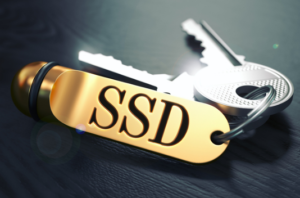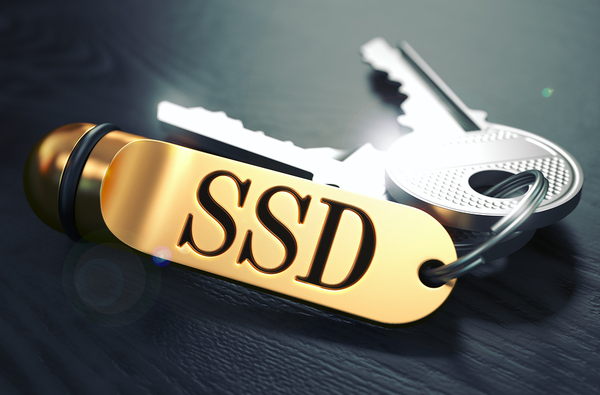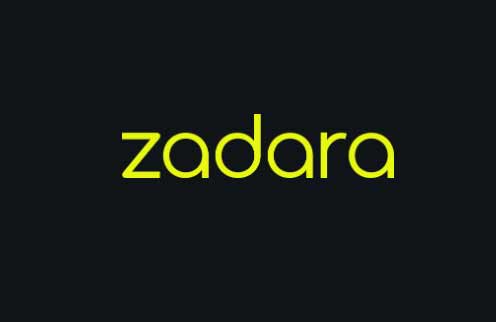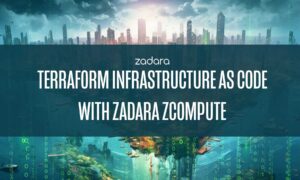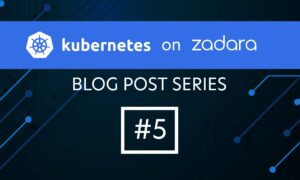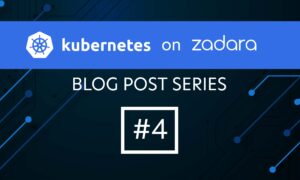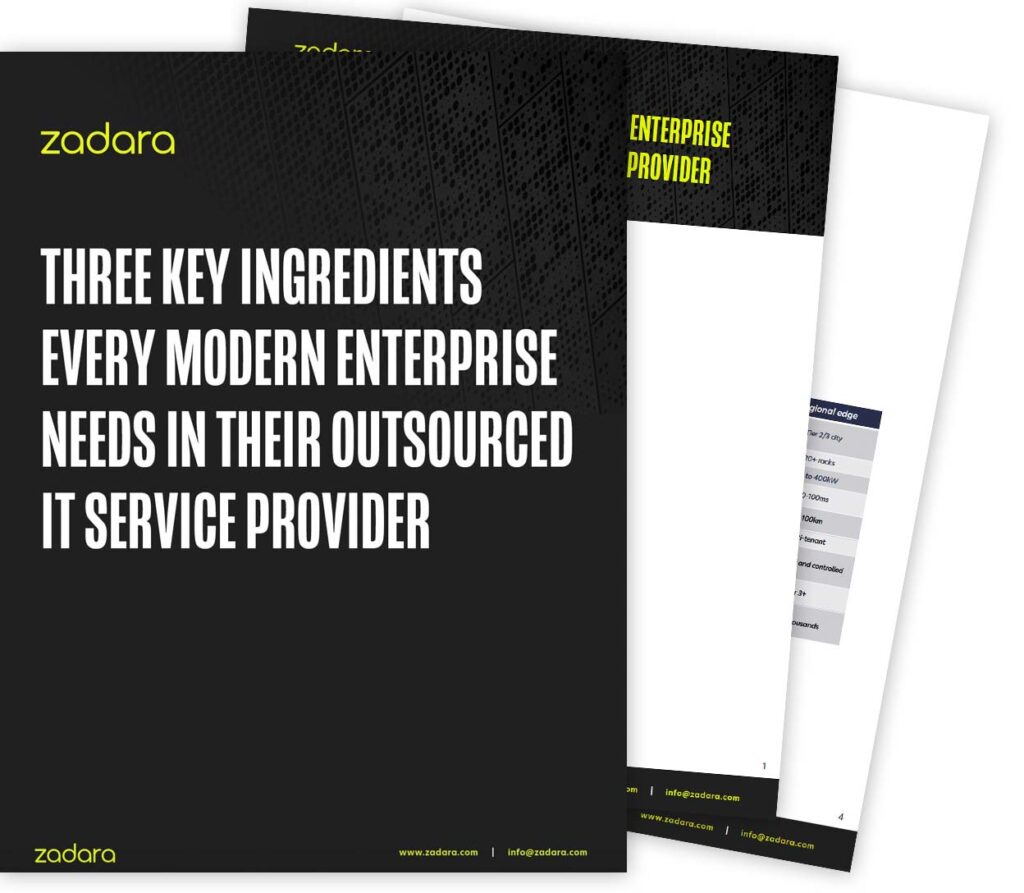For the last half century hard disk drives (HDDs) have been the premier storage technology in enterprise data centers. But with the maturing of flash memory technology, that long reign appears to be nearing its end. When comparing SSD vs HDD pricing, there are important differences to consider just like when looking at comparisons between Software-Defined Storage vs Traditional SAN and NAS.
Although the performance of HDD storage arrays continues to advance, it’s clear that the underlying technology, based on spinning platters and moving read-write heads, has begun to reach unsurpassable limits imposed by the laws of physics. Flash-based solid state drives (SSDs), on the other hand, are still in the early phases of their development. Their biggest claim to the data center storage throne has been a huge speed advantage over HDDs. But that advantage came with a price that made large-scale adoption of the technology cost-prohibitive for most companies.
That, however, is no longer the case. Prices for SSDs have been dropping steeply, and are now reaching a point of rough parity with those of the highest performance HDDs. Plus, SSDs are now beginning to outpace their venerable competitors in other important areas as well. Let’s take a look at the major factors that are spearheading the adoption of SSDs as HDD replacements in corporate data centers.
Take a Look Side-by-Side: Download HDD vs. SSD Infographic
SSDs Are Fast and Getting Faster!
SSDs already boast IOPS (input-output operations per second) rates of as much as 1000 times those of HDDs. And the disparity is quickly growing even greater. Intel claims that its upcoming Optane SSDs will be up to ten times faster than previous flash memory products.
An even more important metric for workloads that demand the greatest random access performance is latency (the time between when data is asked for and when can be read). While average HDD latency is measured in milliseconds, leading-edge SSD latencies are now approaching tens of nanoseconds.
For performance-intensive use cases, such as big data analytics or database applications, there is no longer any real choice. Only SSD arrays can provide the data access speeds or transfer rates necessary for the most demanding modern workloads.
SSDs Are Dense And Getting Denser
Until recently SSDs could not compete with HDDs in terms of storage density (the amount of memory that can be packed into a particular drive form factor). But that, too, has changed. The current high end of the enterprise HDD marketplace features 3.5-inch drives with a capacity of 10TB. But Samsung is now shipping a 2.5-inch, 15TB SSD. Even more impressive are the 60TB SSD recently announced by Seagate, and the 100TB drive promised for 2017 by Toshiba.
The ability of SSDs to pack more storage into the same space is important. It translates into fewer servers, less power, less cooling, and less space required in the data center. The result of such savings is that replacing HDD storage arrays with SSDs can actually result in a lower TCO.
SSDs Are Durable and Reliable, and Getting More So
The fact that SSDs have no moving parts gives them a leg up on HDDs in durability from the beginning. Although all drives of whatever technology will eventually fail, SSDs have proven to have longer lives than HDDs.
The biggest issue SSDs have had regarding durability is the fact that each flash memory cell can only be written to a limited number of times. But enterprise SSD implementations use sophisticated techniques such as wear leveling (which attempts to ensure that writes are evenly distributed across memory blocks), to maximize the lifespan of the drive.
SSDs also come out on top in terms of reliability. Their MTBF (Mean Time Between Failures) rate is significantly better than that of their HDD counterparts.
SSD vs HDD Pricing: SSDs Are Not Cheap But They Are Getting Cheaper
SSDs continue to drop in price relative to HDDs. Some providers are now offering SSD-based storage at a per-gigabyte price that is equivalent to the cost of 15,000 RPM hard drives (that is, top-of-the-line HDDs). For example, Zadara™ Storage is partnering with Intel to provide a storage solution based on Intel’s 3D NAND flash memory technology. With these new products, the Zadara Storage Cloud software architecture delivers the highest flash performance at prices that are on par with those of existing HDD products.
You can learn more about making the switch to SSD by attending the webinar ‘Storage Revolution: CapEx to OpEx, SSD to HDD, What’s Next‘.
Click here to sign up.
SSDs Haven’t Fully Displaced HDDs Yet, But They Will
The battle between SSDs and HDDs for control of the enterprise data center isn’t yet over, but the winner is clear. As the prices of SSD products more and more rival those of equivalent HDDs, there’s simply no reason for the continued use of spinning disk technology as the main enterprise storage solution.
SSD price points can be expected to fluctuate in line with market forces. In the fourth quarter of 2016, for example, prices actually rose somewhat due to a shortage brought about by a holiday-induced surge in sales of flash memory-laden laptops. But despite such temporary ups and downs, the SSD price trend line will continue to move in a downward direction.
Ready to make the switch from HDD to SSD storage? We’re happy to help — Schedule a Demo Today!


